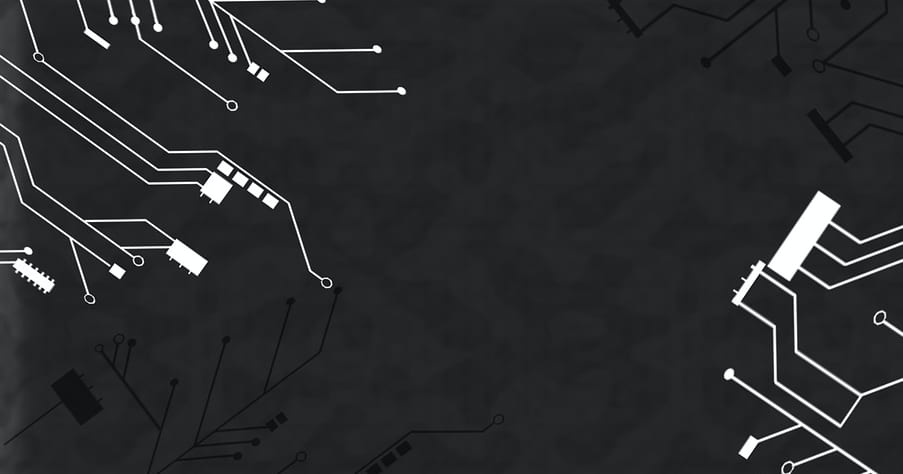
18 April 2023
Introduction: Scala is a powerful language that supports functional programming and concurrent programming paradigms. Scala Futures and Promises are a way to write asynchronous code that is both easy to read and understand. In this guide, we will explore Scala Futures and Promises and their use cases. We will also provide step-by-step instructions and code examples to help you get started with this important aspect of Scala concurrency.
Step 1: Understanding Asynchronous Programming Before diving into Scala Futures and Promises, it's essential to understand asynchronous programming. Asynchronous programming is a way to write code that runs independently of the main program thread. This allows the program to perform multiple tasks at the same time, improving performance and responsiveness. In Scala, asynchronous programming is achieved using Futures and Promises.
Step 2: What are Scala Futures? Scala Futures are a way to represent the result of an asynchronous operation. A Future is essentially a placeholder for a value that will be available at some point in the future. Futures are used to execute long-running operations asynchronously and return the result once it's available.
To create a Future in Scala, we use the Future object and provide a code block to execute asynchronously. Here's an example:
import scala.concurrent.Future import scala.concurrent.ExecutionContext.Implicits.global val futureResult: Future[String] = Future { // long-running computation "Hello, world!" }
In this example, we create a Future that returns a String value. The code block inside the Future represents the long-running computation that will be executed asynchronously.
Step 3: Working with Scala Futures Once we have a Future, we can work with it using various methods. Here are some common methods used to work with Futures:
Here's an example that demonstrates how to use some of these methods:
futureResult.onComplete { case Success(result) => println(result) case Failure(ex) => println(ex.getMessage) } val mappedFuture: Future[Int] = futureResult.map(_.length) val flatMappedFuture: Future[Int] = futureResult.flatMap(result => Future(result.length)) val filteredFuture: Future[String] = futureResult.filter(_.startsWith("Hello"))
In this code, we use the onComplete method to print the result of the Future once it completes. We also use map, flatMap, and filter to transform the result of the Future.
Step 4: What are Scala Promises? Scala Promises are another way to write asynchronous code in Scala. A Promise is essentially a writable Future. It represents a value that will be available in the future, but unlike a Future, we can set the value of a Promise explicitly.
To create a Promise in Scala, we use the Promise object and call its future method to obtain a Future that is associated with the Promise. Here's an example:
import scala.concurrent.Promise import scala.concurrent.ExecutionContext.Implicits.global val promiseResult: Promise[String] = Promise[String]() val futureResult: Future[String] = promiseResult.future
In this example, we create a Promise that returns a String value. We then obtain a Future that is associated with the Promise.
Step 5: Working with Scala Promises Once we have a Promise, we can use it to set the value of the associated Future using the success or failure methods. Here's an example:
promiseResult.success("Hello, world!") futureResult.onComplete { case Success(result) => println(result) case Failure(ex) => println(ex.getMessage) }
In this example, we use the success method of the Promise to set the value of the associated Future to "Hello, world!". We then use the onComplete method to print the result of the Future once it completes.
Step 6: Use Cases for Scala Futures and Promises Scala Futures and Promises are used extensively in asynchronous programming in Scala. Here are some common use cases for Scala Futures and Promises:
Step 7: Conclusion In this guide, we explored Scala Futures and Promises and their use cases. We provided step-by-step instructions and code examples to help you get started with this important aspect of Scala concurrency. By mastering Scala Futures and Promises, you'll be able to write high-performance and responsive asynchronous code in Scala.
Please find links below to some of our most popular courses in Scala
Here are some useful links
Official documentation links for Scala Futures and Promises:
These links provide more in-depth information on Scala Futures and Promises, including advanced topics such as error handling and composition.

CONTACT
+44 (0)20 8446 7555
Copyright © 2023 JBI Training. All Rights Reserved.
JB International Training Ltd - Company Registration Number: 08458005
Registered Address: Wohl Enterprise Hub, 2B Redbourne Avenue, London, N3 2BS
Modern Slavery Statement & Corporate Policies | Terms & Conditions | Contact Us